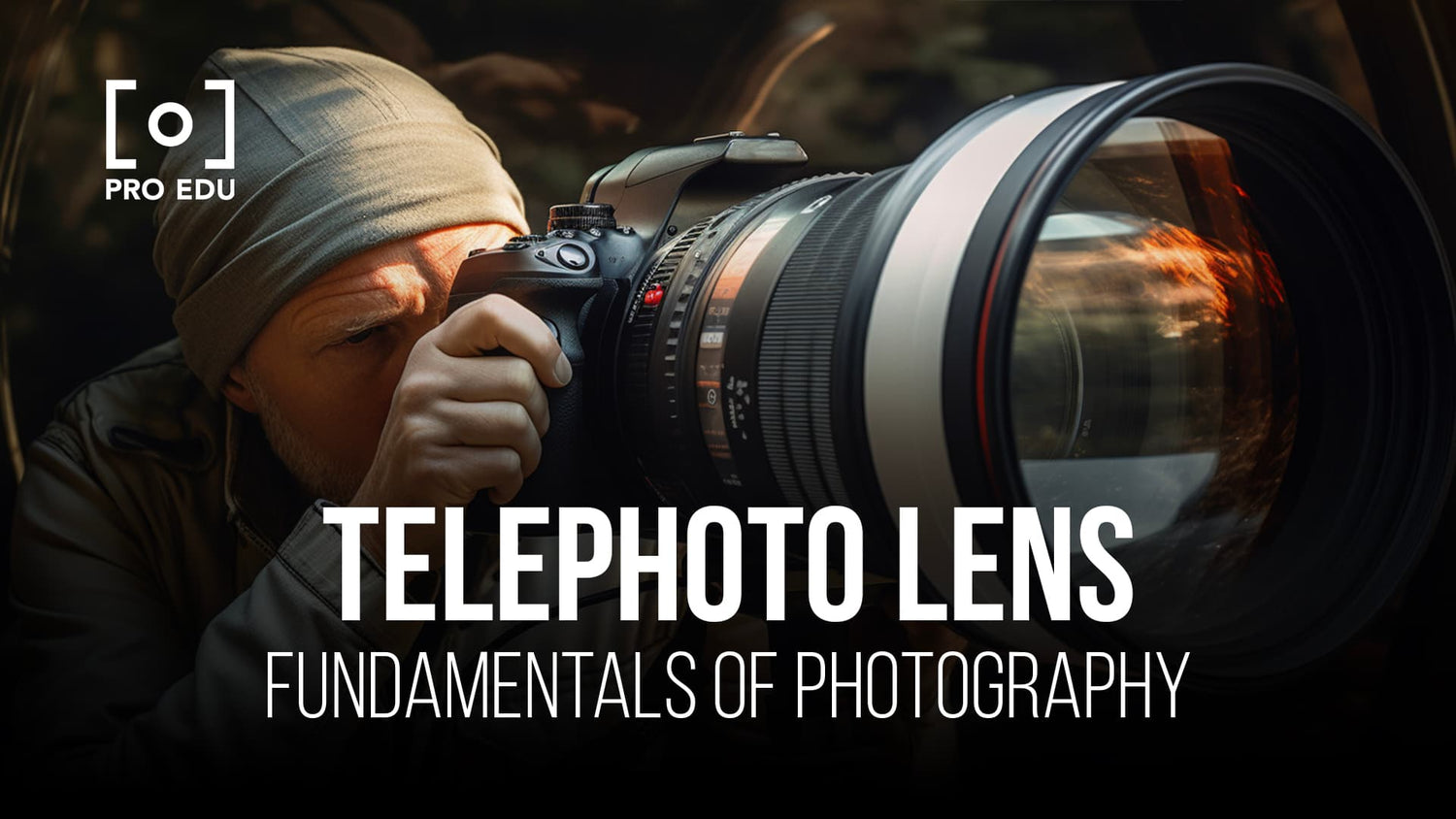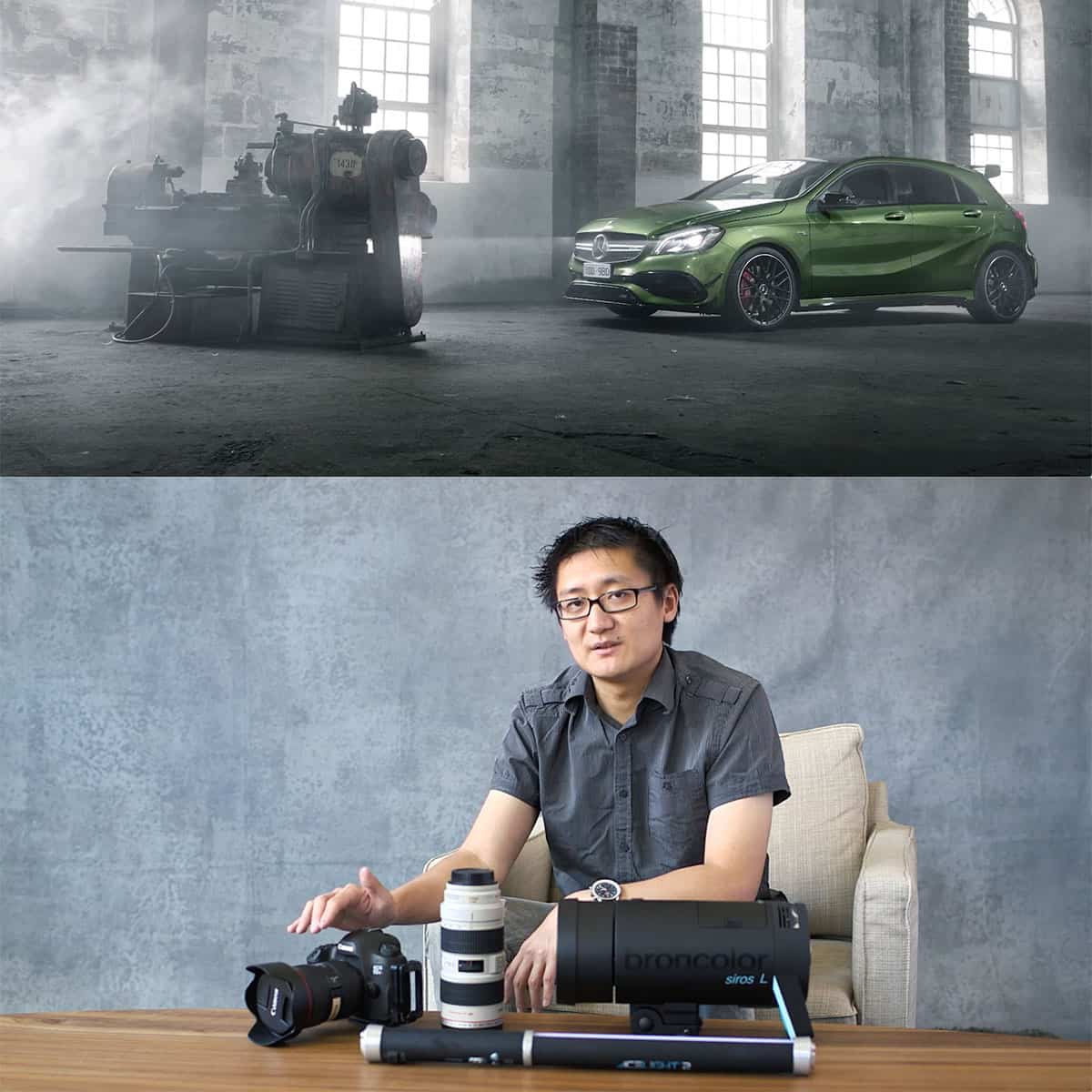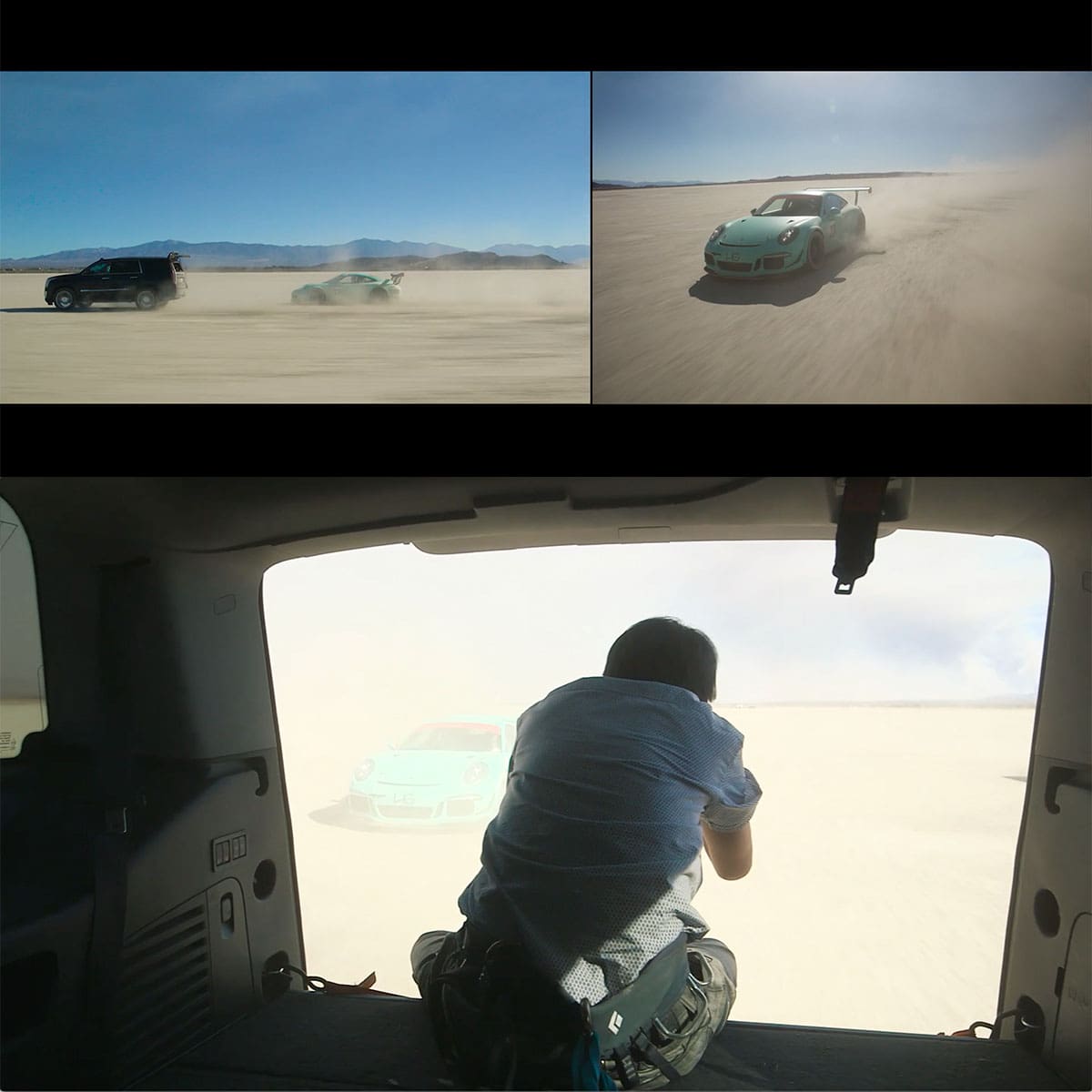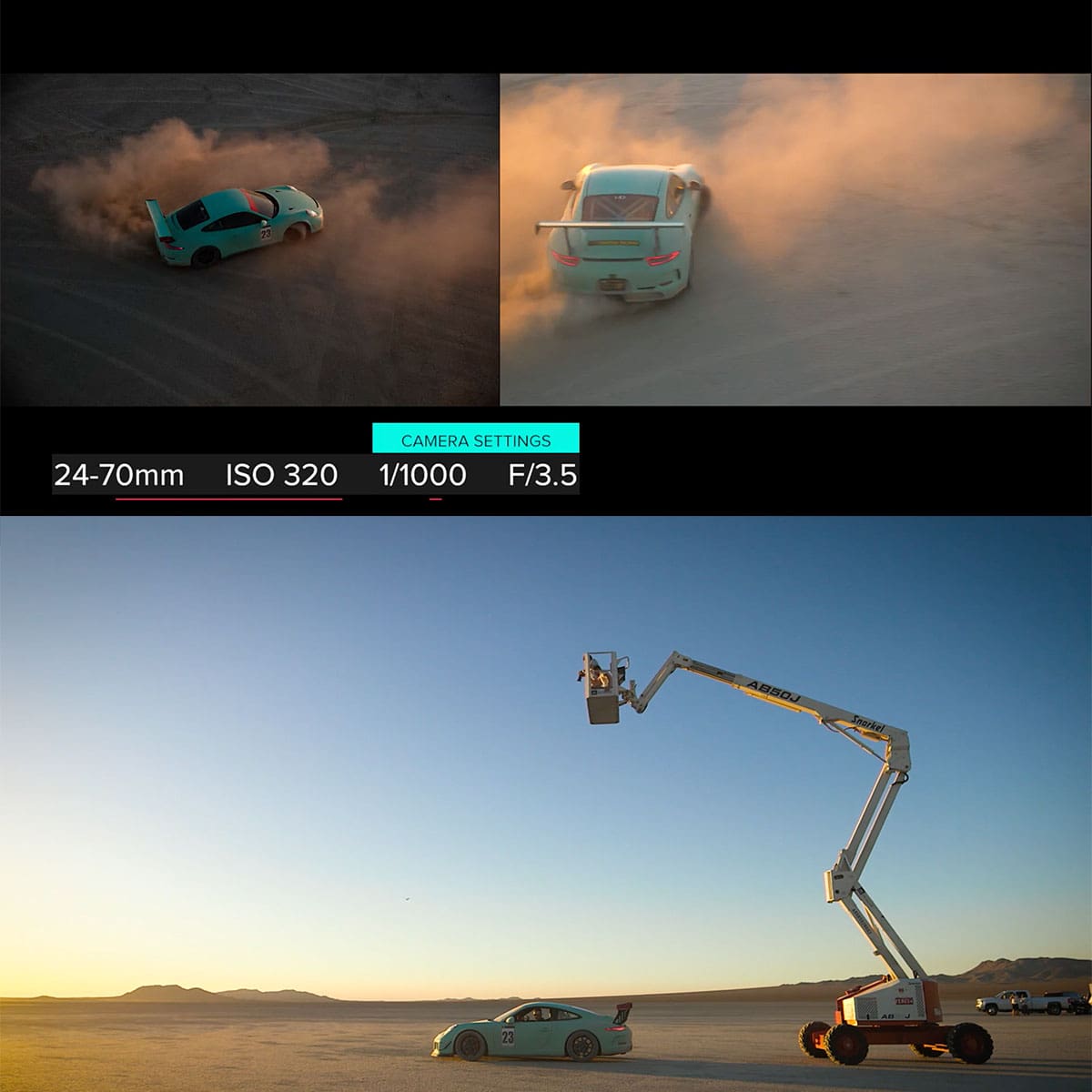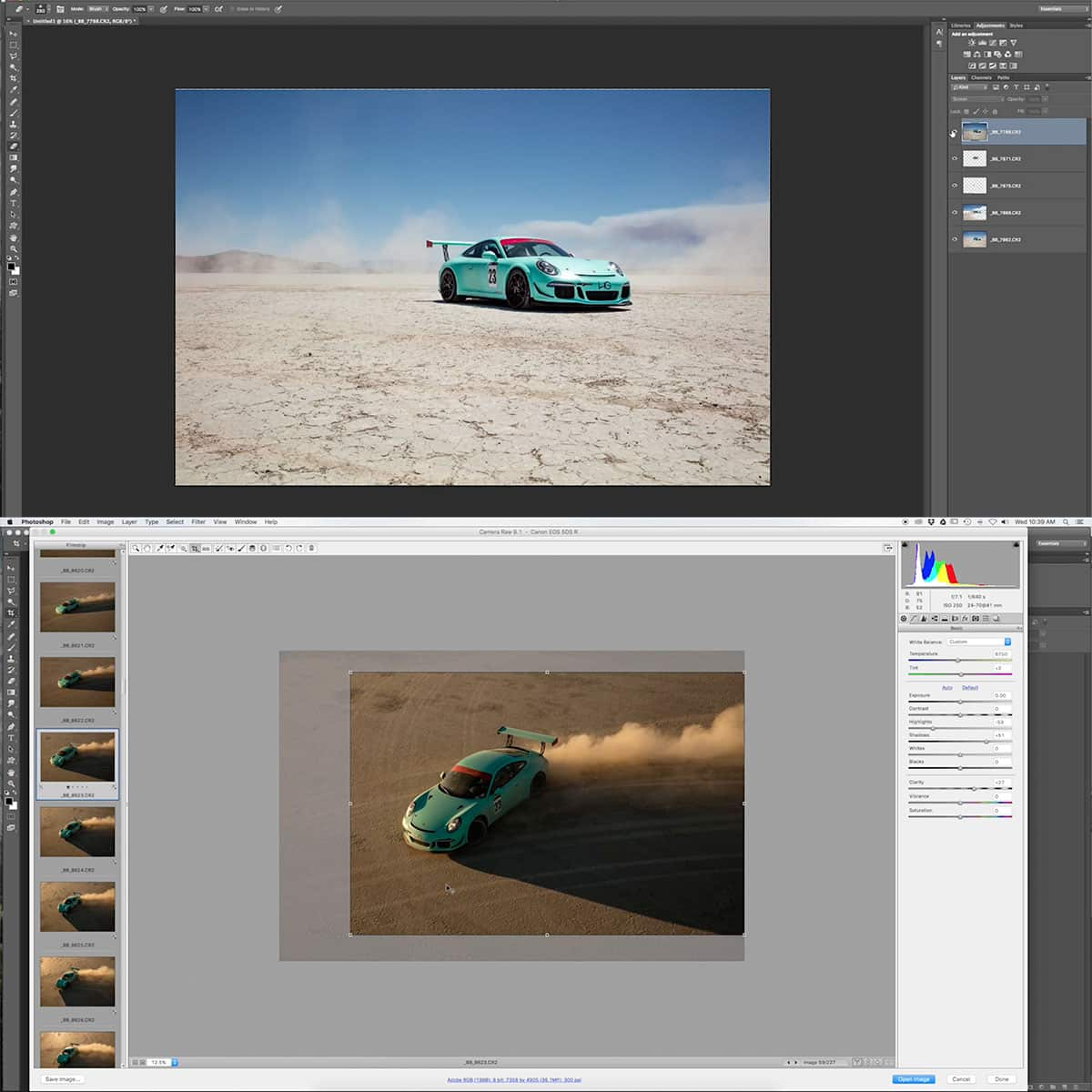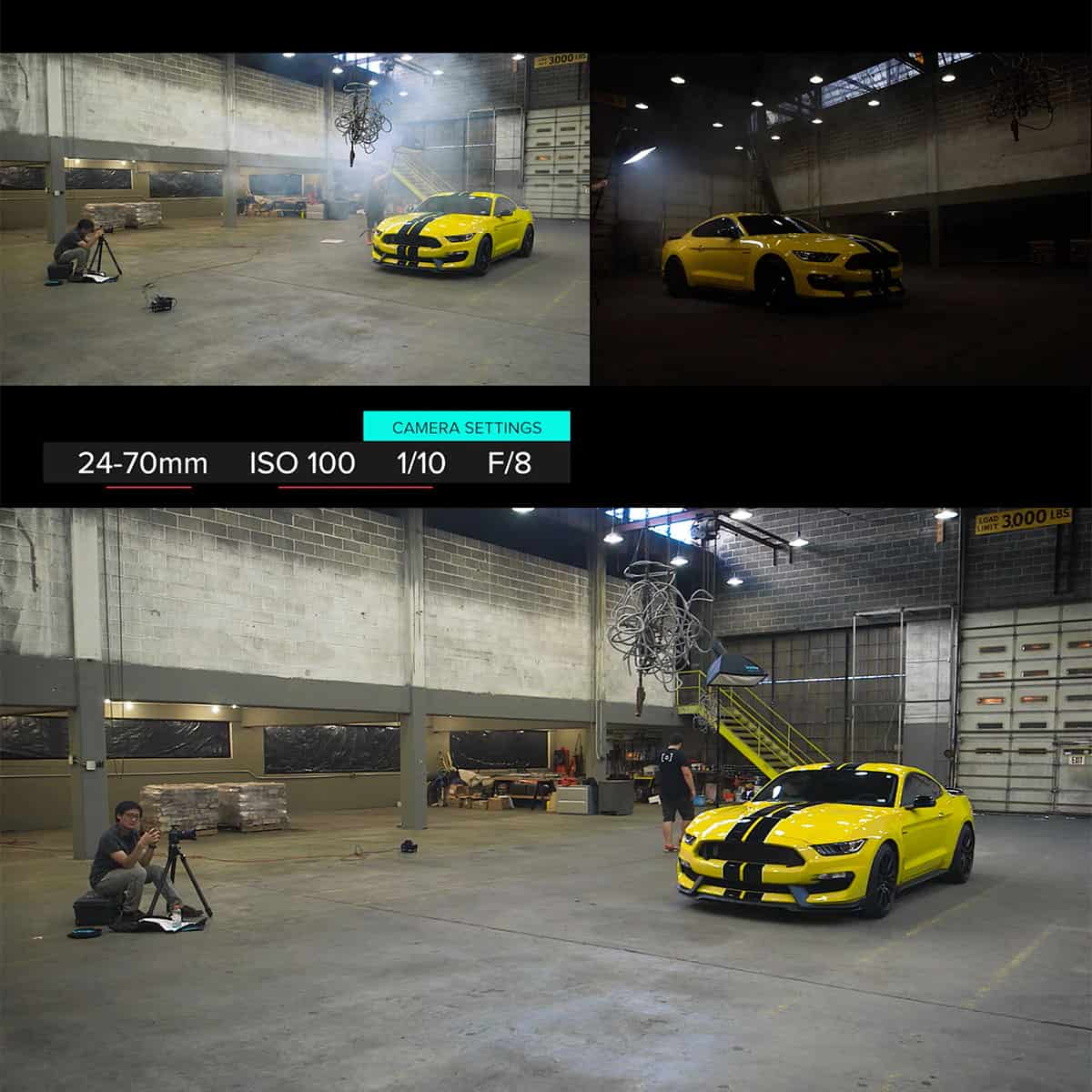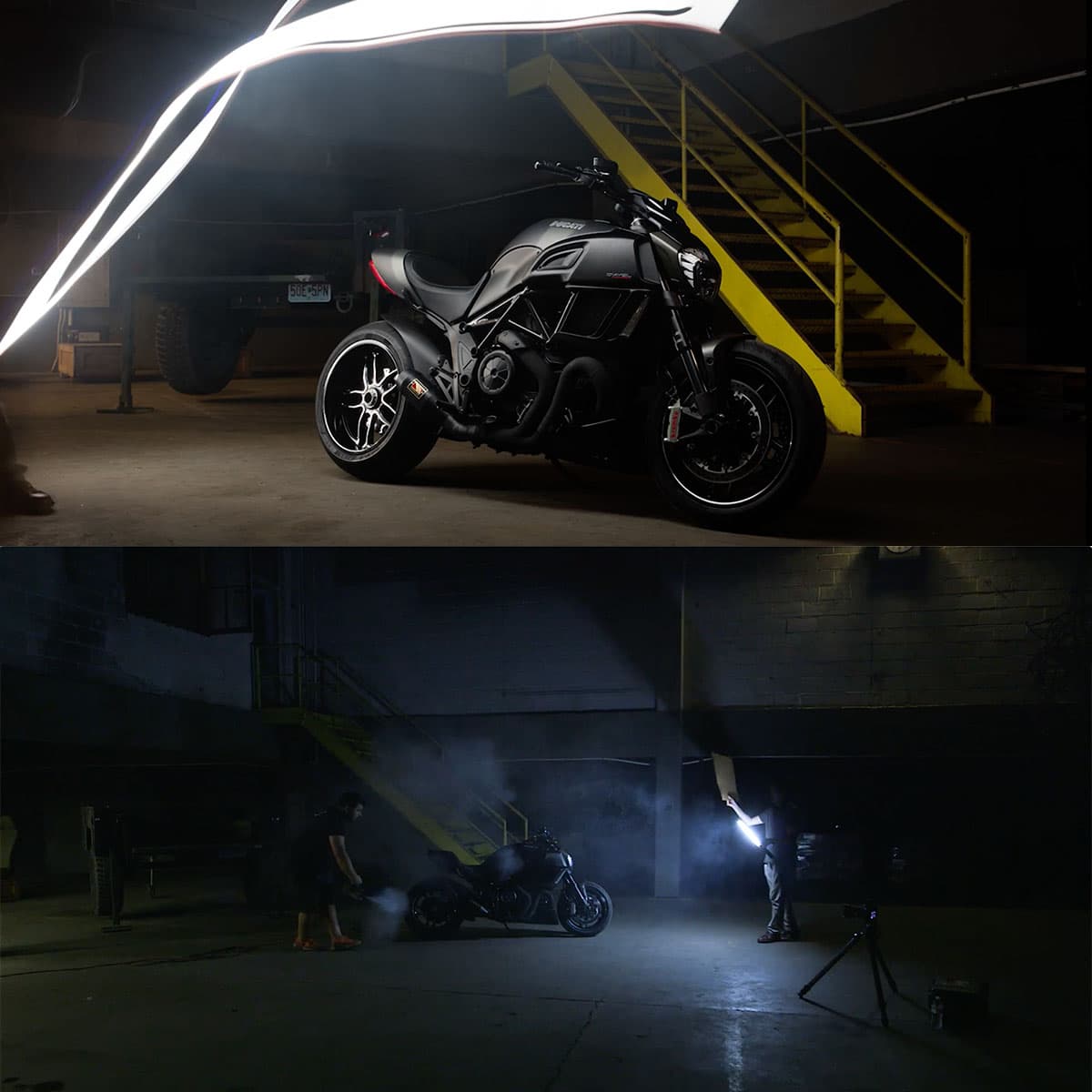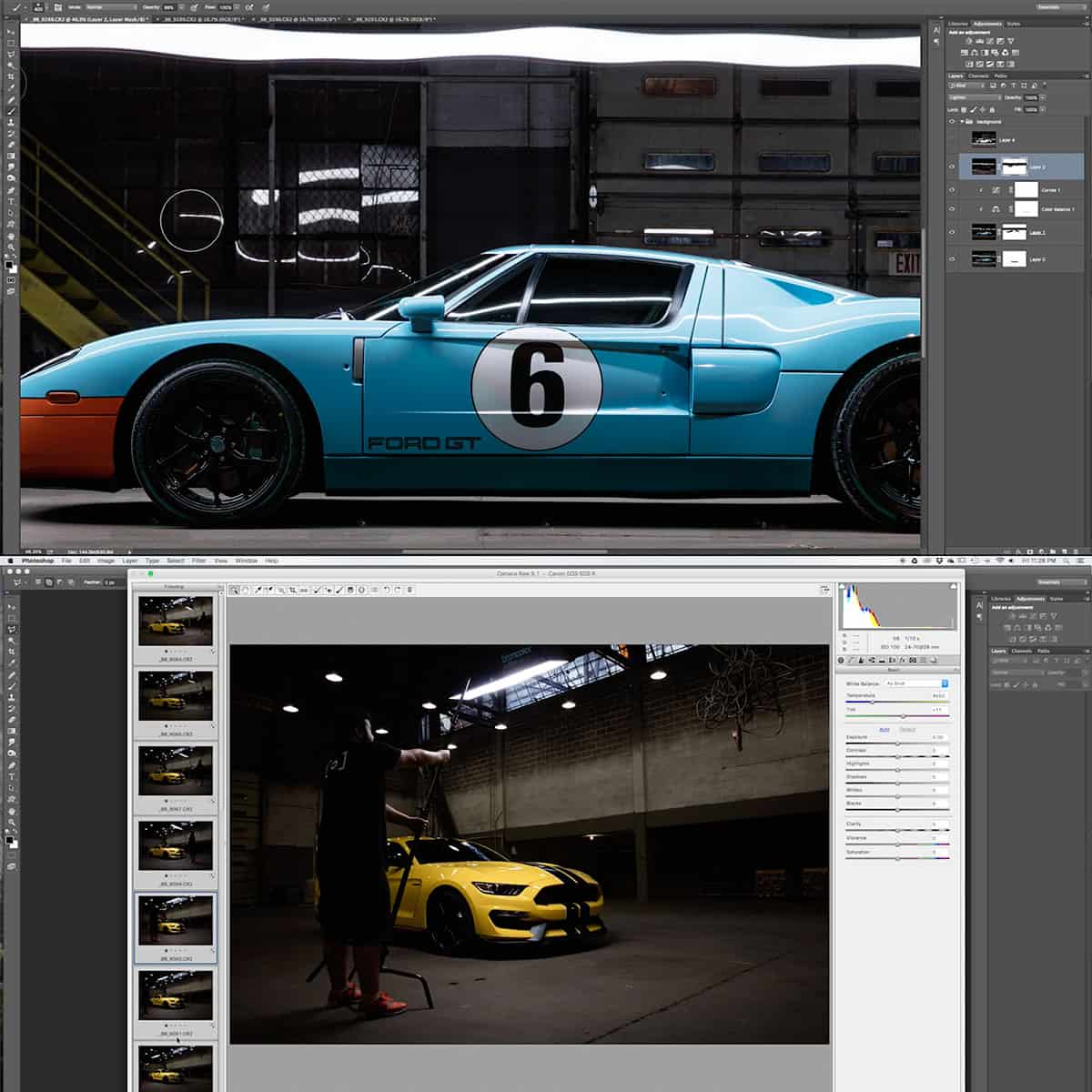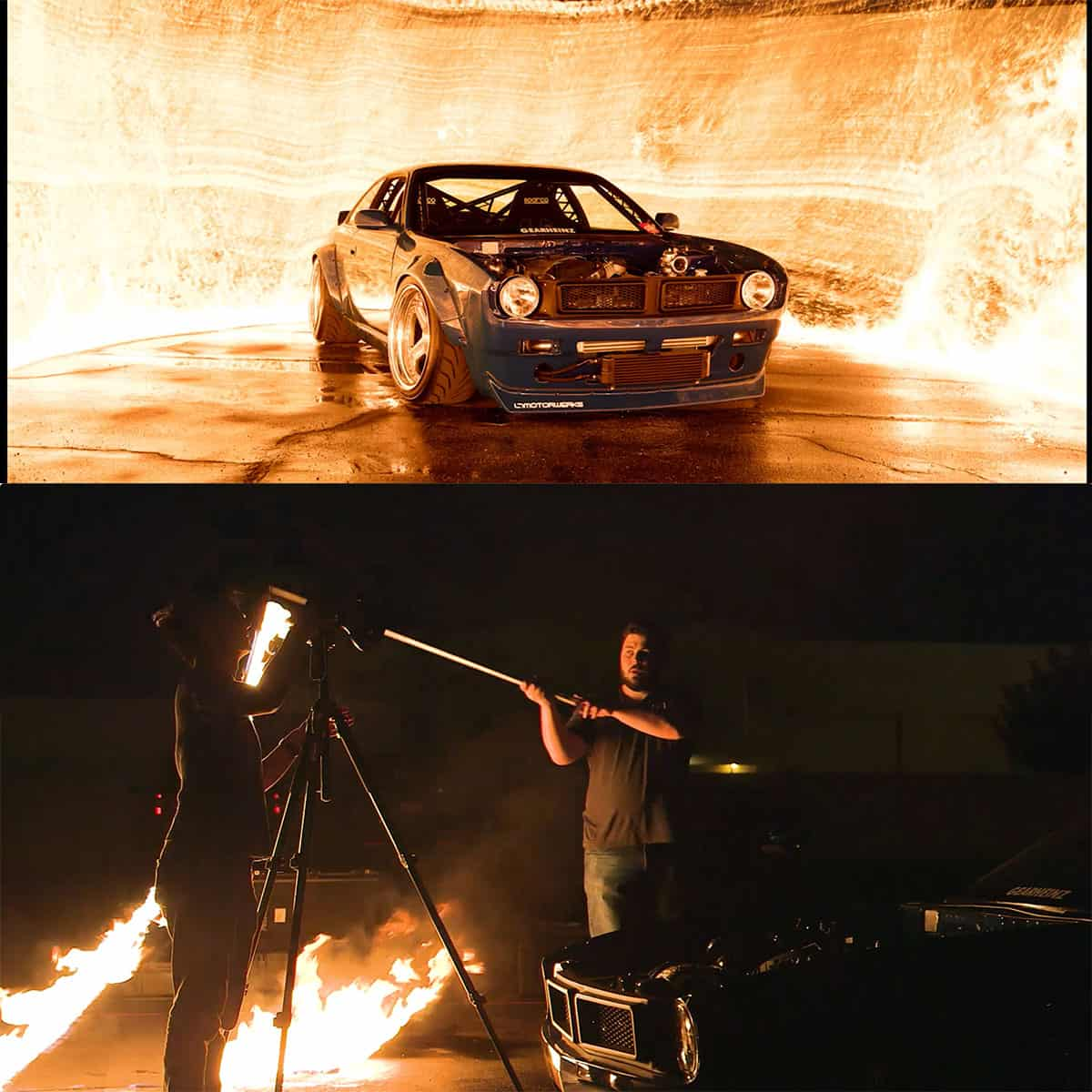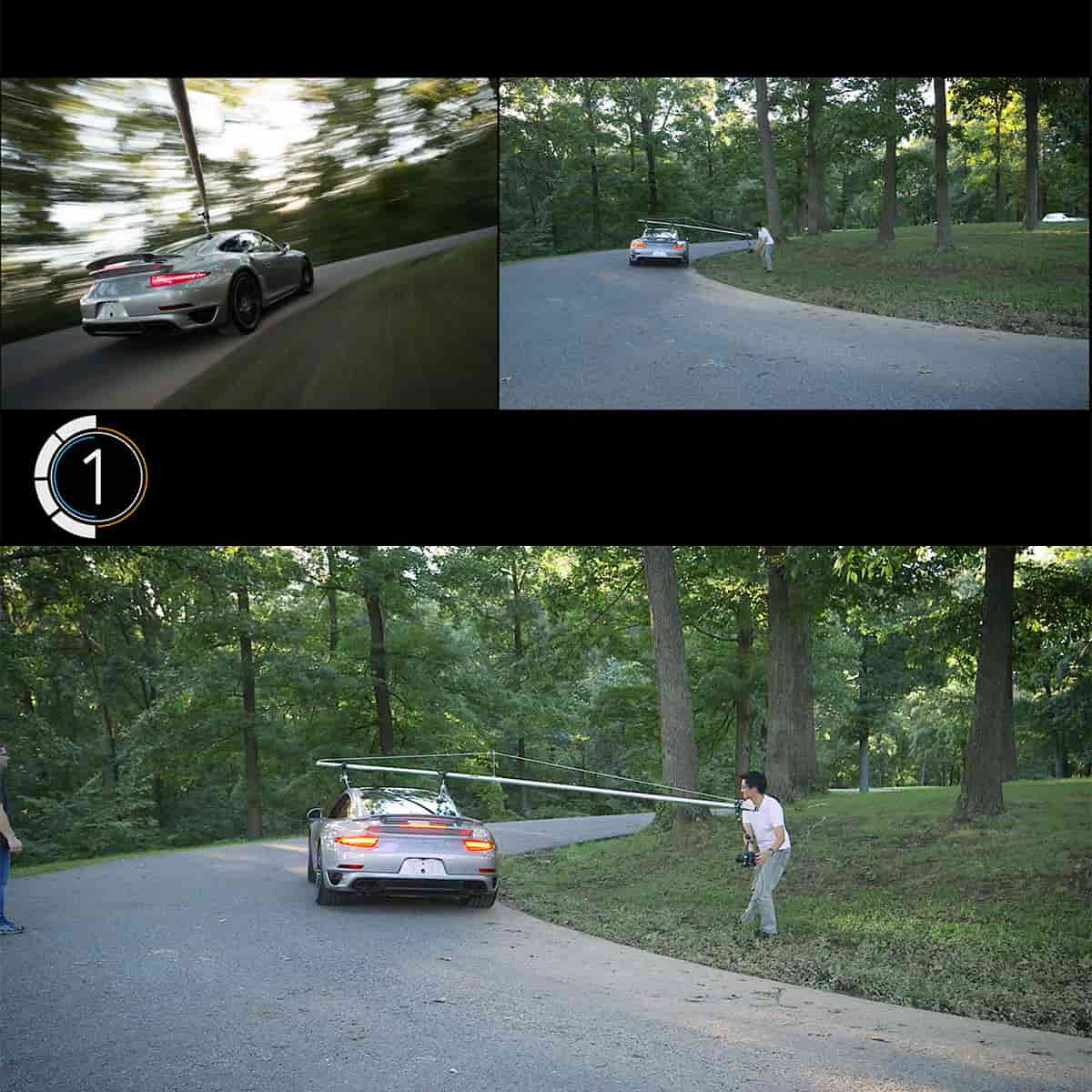Telephoto Lens: Bringing Distant Subjects Closer for Perfect Captures
In the world of photography, a telephoto lens is an essential tool for bringing distant subjects closer. These lenses have a longer focal length, allowing photographers to capture images that appear closer than they actually are. From capturing stunning landscapes to detailed portraits, telephoto lenses are an invaluable addition to a photographer's toolkit.
The versatility of telephoto lenses also allows photographers to explore their creativity and overcome common challenges, such as distance and compression. Understanding the basics of telephoto lenses, including different types and their applications, helps photographers make informed decisions when it comes to choosing the right lens for their projects.
Key Takeaways
- Telephoto lenses are useful for capturing distant subjects and enhancing depth of field.
- Different types of telephoto lenses cater to various photography genres and styles.
- Selecting the right telephoto lens involves considering factors like focal length, aperture, and compatibility with the camera.
The Basics of Telephoto Lens
A telephoto lens refers to a long-focus lens that allows us to make objects appear closer. By using longer focal lengths, we can emphasize and bring faraway subjects nearer, making them perfect for photographing distant subjects such as wildlife or sports events. There are multiple factors to consider while using a telephoto lens, such as focal length, aperture, and camera mounts.
The focal length of a telephoto lens typically falls within the range of 200mm to 500mm. Lenses with focal lengths of 300mm and higher are considered super telephoto lenses, offering the most extreme magnification for small or distant subjects. The aperture, another important aspect of telephoto lenses, influences the depth of field and background separation in captured images. Using a wide aperture, such as f/2.8, with a telephoto lens results in a naturally thinner depth of field, which can enhance focus on the subject.
Telephoto lenses can be classified into prime lenses and zoom lenses. Prime lenses have a fixed focal length, while zoom lenses provide a range of focal lengths, enabling greater versatility in capturing various scenes. One of the primary benefits of telephoto lenses is their ability to produce a narrow field of view, which allows us to isolate and magnify subjects from a distance, compressing the scene for a unique perspective.
It's essential to use a compatible mount when attaching a telephoto lens to your camera. Camera mounts vary depending on the brand and model, so ensure the chosen lens is suitable for your specific camera. Using a telephoto lens provides us with a remarkable ability to bring faraway subjects into focus, enhancing our photography skills, and expanding our creative options.
Types of Telephoto Lens
There are various types of telephoto lenses available in the market, each serving different purposes depending on their focal length and type. In this section, we will briefly cover the main types of telephoto lenses, including super telephoto, medium telephoto, and short telephoto lenses, as well as prime and zoom options.
Super Telephoto Lenses: With a focal length of 300mm or greater, these lenses allow us to capture remarkable details of distant subjects like wildlife or sports events. They usually come in both prime and zoom varieties, depending on your preference and budget.
Medium Telephoto Lenses: These lenses have a focal range of around 70mm to 200mm, making them versatile options for various photography genres. Medium telephoto lenses can be used for portraits, sports, events, and more. Similar to super telephoto lenses, they come in both prime and zoom types.
Short Telephoto Lenses: With focal lengths between 85mm and 135mm, short telephoto lenses are perfect for portrait photography, providing natural-looking perspective and flattering bokeh. These lenses can be found in both prime and zoom options, catering to different shooting styles and budgets.
Long-focus Lenses: In addition to the three primary categories mentioned earlier, telephoto lenses can also be classified as long-focus lenses. A long-focus lens has a focal length greater than the diagonal of the film or sensor, resulting in a narrow field of view that brings distant subjects closer.
Lastly, it's important to note the differences between prime and zoom telephoto lenses. Prime lenses have a fixed focal length and are known for their sharp image quality, while zoom lenses offer flexibility with a range of focal lengths, making them convenient for various shooting situations. Each type has its advantages and drawbacks, so it's essential to consider your needs and preferences when selecting a telephoto lens for your camera.
Applying Telephoto Lenses in Photography
Telephoto lenses have various applications in photography, helping us capture subjects from a distance. Utilizing their long focal lengths, we can effectively shoot in genres such as landscape, sports, action, portraits, and wildlife photography.
In landscape photography, telephoto lenses' ability to compress distances can emphasize leading lines and enable detailed shots of distant subjects like mountains, sunrises, or sunsets. Similarly, in sports photography, we can reach the action on distant parts of the field, capturing high-impact moments without having to be close to the subject.
With wildlife photography, a telephoto lens allows us to maintain a safe distance while still achieving close-up images of animals in their natural habitats. This results in stunning, detailed shots, showcasing the beauty of these creatures. Additionally, telephoto lenses create a shallow depth of field, producing blurred backgrounds that emphasize the subject.
Lastly, the compression effect can help create engaging portraits by narrowing the field of view and isolating the subject from the background. When choosing the best telephoto lens for your needs, consider the optimal focal length for your desired genre of photography, along with other factors such as lens speed and image stabilization features.
Overcoming Challenges with Telephoto Lens
One significant challenge when using telephoto lenses is camera shake. We must maintain a minimum shutter speed to prevent blurry images. A simple rule of thumb is to use the inverse of the focal length as the minimum shutter speed. For example, if shooting at 200mm, we should use at least 1/200s shutter speed.
To further mitigate camera shake, consider using a tripod for additional stability. Additionally, many telephoto lenses come with built-in image stabilization that can help counteract camera shake and allow for slower shutter speeds.
Another challenge is the minimum focus distance. Telephoto lenses usually have a farther minimum focus distance than others, which can sometimes limit their versatility. However, with careful planning and positioning, we can still capture stunning images of our subjects.
Keep in mind that telephoto lenses can be quite large, making them a substantial size addition to our camera bag. Nevertheless, understanding their unique advantages and limitations will enable us to utilize the lens effectively.
Lastly, telephoto lenses can be a significant investment due to their higher costs. However, investing in a high-quality telephoto lens can be worth it, thanks to the creative and professional possibilities they offer. Just ensure to weigh the benefits and drawbacks before making a decision.
Selecting the Right Telephoto Lens
When choosing a telephoto lens, it's essential to consider your photography needs and budget. Among the numerous options available, there are a few popular brands such as Canon, Nikon, and Sigma. While these companies offer an extensive range of telephoto lenses, you'll need to pick the best one based on your specific requirements.
Budget plays a crucial role when buying a telephoto lens. The cost of lenses varies greatly; options like Canon's EF-S 55-250mm is an affordable choice for APS-C format SLRs. On the other hand, Canon's EF 70-200mm f/2.8 is a more expensive yet high-quality lens suitable for professional use. Keep in mind that investing in a reliable telephoto lens will ensure better image quality and performance.
When it comes to focal length in telephoto lenses, each has a different range, such as 100-400mm or 70-200mm. To make an informed choice, consider the subjects you plan to photograph frequently. Lenses with a 100-400mm range are perfect for sports and wildlife while those with a 70-200mm focal length might be more suitable for portraits and various events.
Next, think about size and weight. Telephoto lenses can be quite large and heavy. For instance, Canon's EF-S 55-250mm is compact and lightweight at 70x111mm and 375g, while their full-frame EF 70-200mm is substantially larger at 80x146mm and 710g. Depending on how often you plan to carry the lens around, size and weight might be an important factor to consider.
Finally, always take note of the mount compatibility. Camera manufacturers like Canon, Nikon, and Sigma have their own mount systems, such as EF, F, and Z for Nikon, EF and RF for Canon, and EF-S for Canon's APS-C format. Ensure that the telephoto lens you choose is compatible with your camera's mount to avoid any complications.
Frequently Asked Questions
https://www.youtube.com/watch?v=wVxfFuWdRzo&embed=true
What focal length range defines a telephoto lens?
A telephoto lens is generally considered to have a focal length of 60mm or longer. Despite being mistaken sometimes, a telephoto lens is not always a zoom lens, as it can also be a prime lens with a fixed focal length. A zoom lens, on the other hand, has an adjustable focal length. You may find more information about telephoto lenses in this article.
How do telephoto lenses affect depth of field?
Telephoto lenses can create a shallow depth of field, which helps separate the subject from the background. This effect is particularly useful in portrait photography to keep the subject in focus while blurring the background. For more information about depth of field and telephoto lenses, you can check this source.
Can telephoto lenses be used for portrait photography?
Yes, telephoto lenses can be used for portrait photography as they can make subjects appear closer and create a beautiful background blur, providing a professional look. Many portrait photographers enjoy using telephoto lenses to achieve these effects. Refer to this article for more information on using telephoto lenses for portrait photography.
What are the common uses of telephoto lenses in different photography genres?
Telephoto lenses are commonly used in wildlife photography to capture close-up shots of animals from a safe distance. Landscape photographers also use telephoto lenses to compress the scene and bring distant elements closer together. Further uses include product photography for bringing out the details in smaller objects. You can read more about telephoto lens uses in different photography genres here.
How do I choose the right telephoto lens for my camera brand?
To choose the right telephoto lens for your camera brand, it's crucial to verify compatibility with your camera's mount. Besides, it's essential to understand your photography needs, such as focal length, aperture, and desired effects. Ensure to research and compare lenses within your budget from different manufacturers to find the most suitable option.
What are the key factors to consider when buying a telephoto lens?
When buying a telephoto lens, consider factors such as focal length, aperture, image stabilization, autofocus performance, build quality, and weight. Also, factor in your photography goals, the environment you usually shoot in, and your budget. Balancing these factors will help you make an informed decision on the right telephoto lens for your needs.


